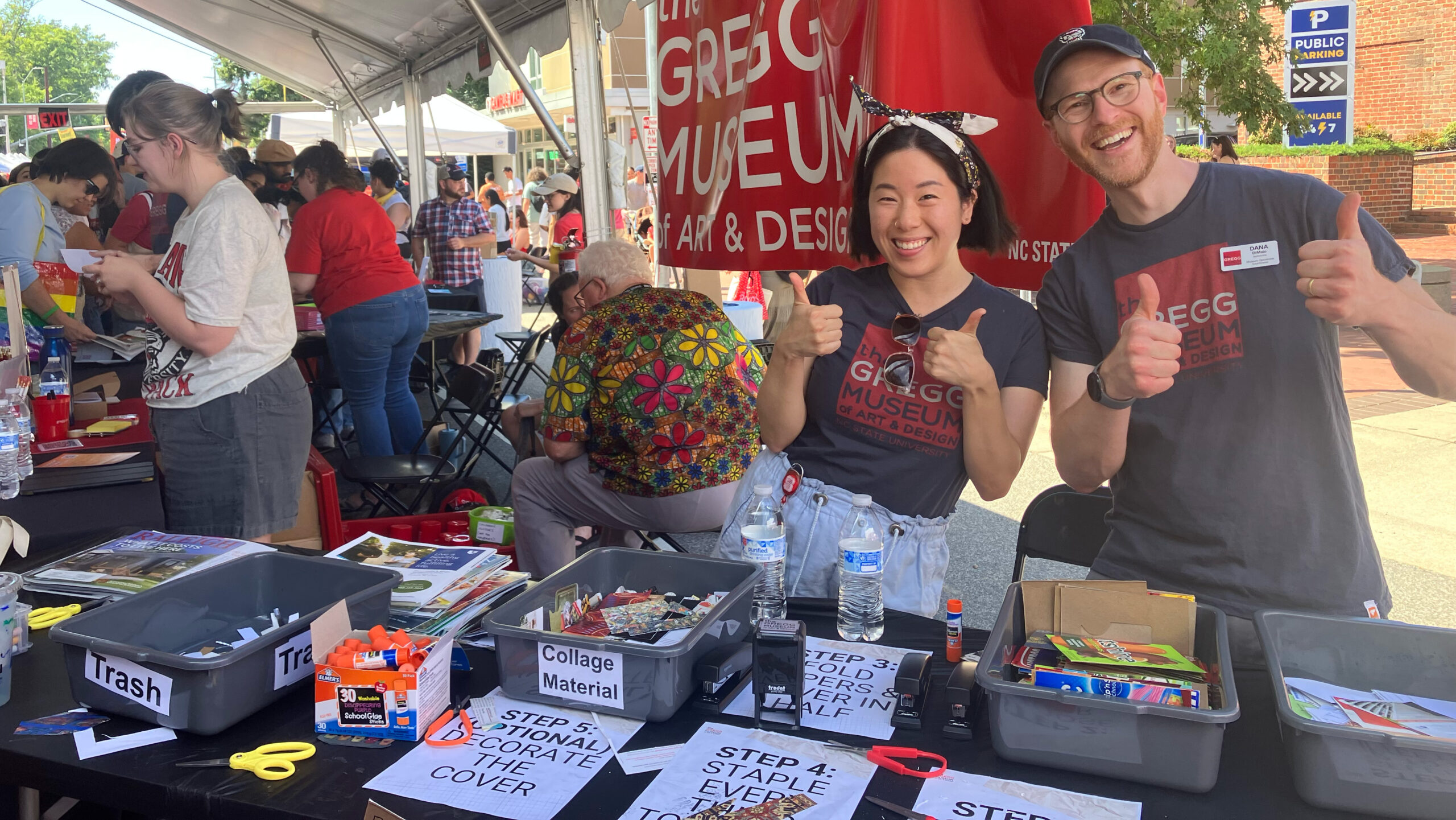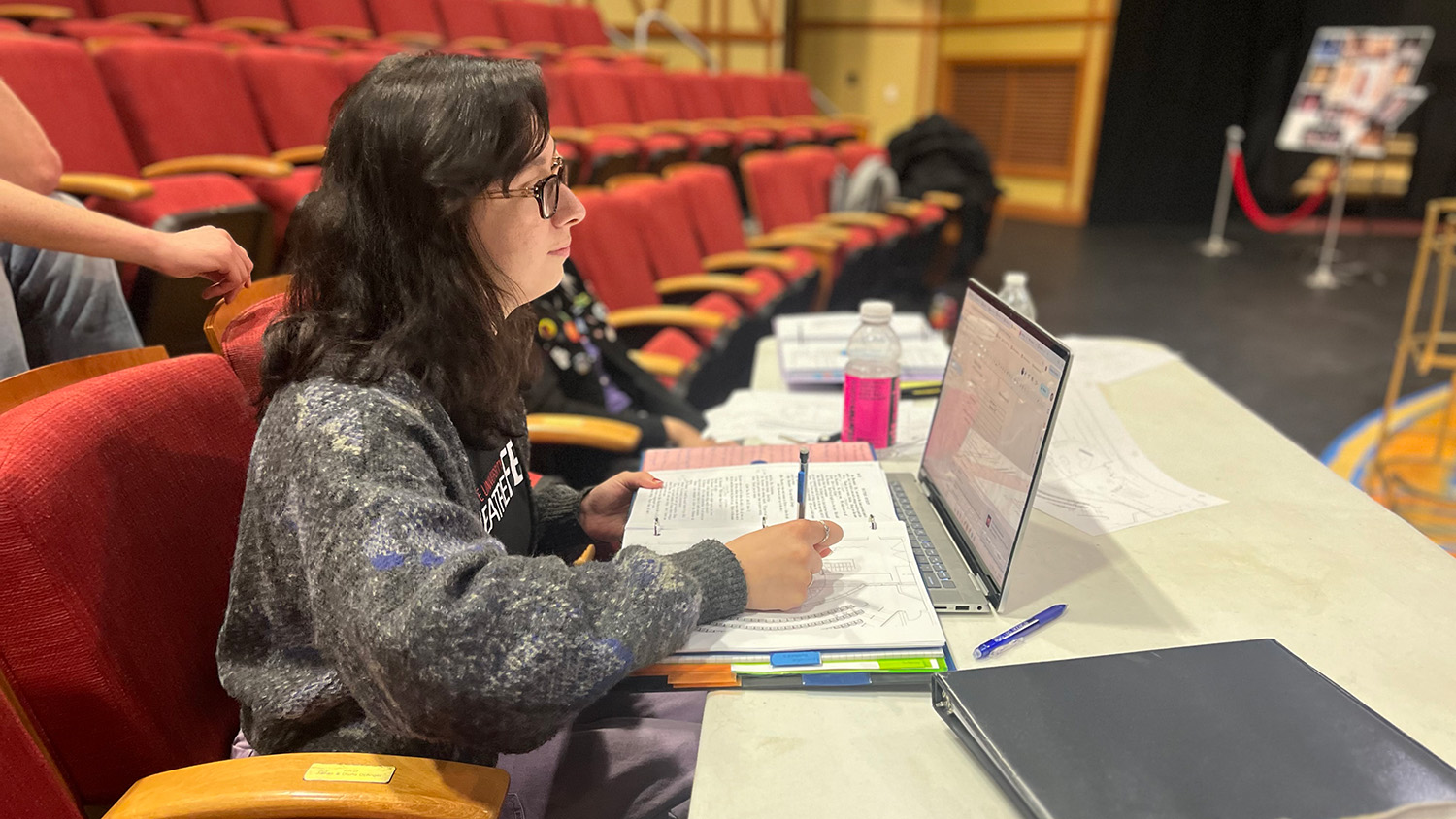Exploring the Margins: Tift Merritt’s first orchestra composition is inspired by the history of Dix Hospital

By David Menconi
Way back in 1908, a man named Lewis Hyder was involuntarily committed to Dorothea Dix Hospital in Raleigh. He was 30 years old, recently returned from a four-year stint in the military, and he had threatened to burn down the barn on his father’s farm. So off to Dix he went, but Hyder did not go quietly.
Hyder fled the Dix grounds in repeated escape attempts, only to be brought back by the sheriff each time. Finally, his most ambitious and farthest-ranging escape came in early 1910. He broke out once again and fled more than 200 miles to the west, toward the Appalachian Mountains. He got past Charlotte and almost as far as Asheville, where he was (according to newspaper accounts at the time) apprehended on “the other side of Hungry River.”
Hyder’s sad story of waylaid freedom was one of the inspirations behind a new symphonic work, “The Other Side of Hungry River.” As composed by singer/ songwriter Tift Merritt in collaboration with NC State director of orchestral studies Peter Askim, a suite from the larger work will have its world premiere April 19 at NC State’s Stewart Theatre, performed by the Askim-conducted Raleigh Civic Symphony to close the “20 for ’20” season.
“The Other Side of Hungry River” is billed as a site-specific song cycle about the “emotional history” of Dix. That makes for history that is quite fraught on multiple levels, given the property’s past and present.
Before it became a mental institution, the hilly 300-acre tract of rolling hills south of downtown Raleigh was the site of a slave plantation. After it opened in the 1850s, Dorothea Dix Hospital would serve the mental health needs of North Carolina residents for more than 150 years.
Dix Hospital finally closed in 2012 after its operations were transferred to the state hospital in Butner 30 miles to the north. Then the state sold the land to the city of Raleigh under somewhat controversial circumstances, with the state legislature attempting to undo the sale at one point.
The city has been working on turning Dix into a new showcase park, with a mix of open space, development and residential units. Dix’s open field near the state farmer’s market is also the site of rapper J. Cole’s Dreamville Festival, a daylong hip-hop show that drew 40,000 people to its inaugural event in April 2019.
But as flashy as Dix’s future looks to be, its history is worth remembering.
“I don’t think its past should be papered over to where it’s suddenly this place that’s all just rainbows and balloons,” Merritt says. “It was such a significant beacon on the hill to so many generations of people – my grandmother and my mother and me, and now my daughter – and it’s always been a place that’s about relating to shame in different ways. That whole part of town with Dix, the prison and the orphanage is like this Jungian shadow everyone has tried to push away because they don’t want to see it. But if we don’t deal with that, and who we really are, it becomes distorted and more powerful.”
For many nearby residents, Dix has always been little more than a tree-lined green space, as well as the best hill in town to go sledding down after a snowstorm. But Merritt, who grew up in Raleigh, also remembers it as something of a warning to behave – especially for women.
“For women, the message of Dix was like a warning that if you got pregnant or over-emotional or had a sex life, you would be condemned as out-of-hand and crazy,” Merritt says. “It was very easy to trip in the wrong direction and get committed, especially if it’s what your family wanted or if you were poor. There were and are stringent rules enforced in society, that the margins are dangerous. But my project is to go to these untold stories because they’re central and essential and even prophetic. The ‘margins’ are central to our wholeness, and to the health of society. It’s worth saying that what I’m singing about here is ourselves, all of us, not people who are scary or creepy or ‘different.’ That allows us to keep them at a distance, as if they have nothing to do with us. But we are they and they are us.”
As envisioned by Merritt, one model for “The Other Side of Hungry River” is “Spoon River Anthology,” Edgar Lee Masters’ 1915 collection of autobiographical epitaph poems recited by the dead in a graveyard. To that end, she’s been researching the history of Dix as well as Cherry Hospital in Goldsboro. They all have things in common, right down to unmarked graveyards for families who don’t want their names associated with psychological problems. And the fact that the Dix property was also once a plantation makes its stories resonate on the level of race relations as well as mental health.
Merritt has been compiling stories and working with Askim to turn them into songs. The two have known each other for more than a decade, first meeting when he came to one of Merritt’s shows in California on her “Another Country” tour. He was a conductor at a performing arts school near Los Angeles and eventually wound up moving to Raleigh, where he lives right around the corner from Merritt.
“I’ve been a huge fan of hers forever and we’ve been trying to figure out a way to work together for a long time,” says Askim. “There have been all these kind of intersections along the way, and it seems crazy that we’re even neighbors now. Grab that and go with it because it must mean something! So she’s been doing a lot of research, sketching out some things, and we’ve gotten together to trade ideas. We’re trying to figure out how we make something with a beginning, middle and end that tells a story and also works as a stand-alone musical journey.”
It’s a huge project that could potentially go on for years, so this premiere will be the work-in-progress early version. They’ll perform four or five themes over 15 to 20 minutes of what Askim calls “hybrid orchestral songwriting.” This is the first time Merritt has written material for an ensemble on this scale, as well as the first time she’s ever allowed public display of something before it’s 100-percent completed.
“This is a larger-scale project than anything I’ve ever done before, and I’m very open to whatever will happen with it,” Merritt says. “It’s kind of like a beta-test for me and a chance to work with textures that are very freeing and far beyond anything I’ve ever done. It’s a band with 80 people rather than four. And it’s a new thing for me to invite people into – something that’s still unfinished. It will stand together for the performance, of course, but a certain amount of privacy is required for the process. That will be interesting to test.”
For Askim’s part, he’s excited that this will put a fitting capper on the 2019- 2020 season for Raleigh Civic Symphony, a “town and gown” collaborative ensemble in the NC State Department of Music with students as well as community members in its ranks. This is the fifth season where the symphony has done a world premiere at every concert, a total of 20 pieces.
“I think important music is happening right now, and we want to stay musically relevant because the orchestra is not a museum,” Askim says. “We’ve worked with a lot of different kinds of composers, many of them doing their first orchestral piece, like Tift. She’s never worked with this palette before. That’s the context for this whole season, and I love that she’s the culmination of it.”
David Menconi is a music critic and arts reporter in Raleigh, North Carolina. His upcoming book, about the history of North Carolina music, will be published in the fall of 2020 by University of North Carolina Press.
The NC State Department of Music presents the Raleigh Civic Symphony with special guest Tift Merritt
THE OTHER SIDE OF HUNGRY RIVER
Sunday, April 19 at 4pm
Stewart Theatre
$5-$12 (free for children 12 and under)
For tickets, visit Ticket Central or purchase online at

This article was originally published in the spring 2020 issue of #creativestate, the official magazine of Arts NC State.
- Categories:


